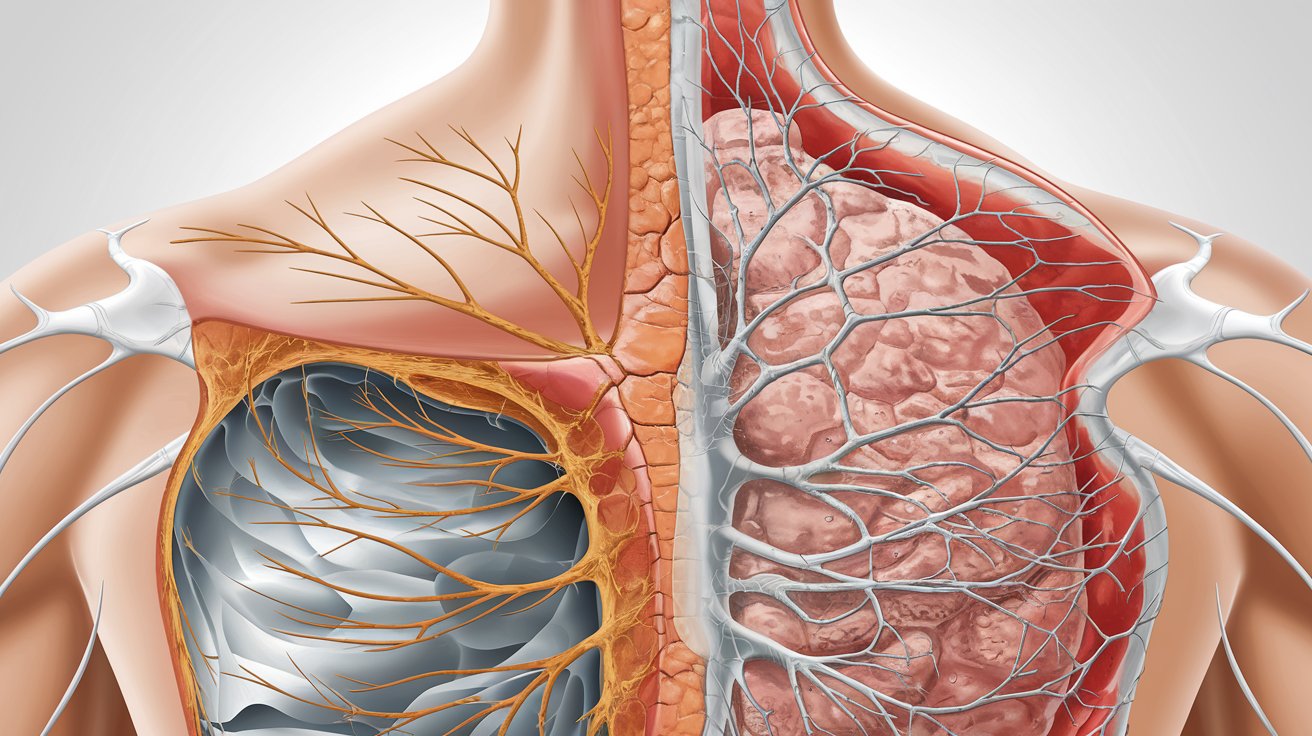
What is a cicatrix? A cicatrix, commonly known as a scar, is the fibrous tissue that replaces normal skin after an injury. Scars form as part of the body's natural healing process. When the skin is damaged, the body produces collagen fibers to mend the wound, resulting in a scar. These marks can vary in appearance, depending on factors like the depth of the wound, location, and individual healing processes. Some scars fade over time, while others remain more noticeable. Understanding cicatrices helps us appreciate the body's remarkable ability to heal itself, even if the results aren't always perfect.
What is Cicatrix?
Cicatrix, commonly known as a scar, forms as part of the natural healing process after skin injury. Scars can be fascinating and sometimes mysterious. Here are some intriguing facts about cicatrix.
-
Scars are made of collagen: When skin is damaged, the body produces collagen to repair the wound. This protein forms a fibrous tissue, creating a scar.
-
Not all scars are the same: Scars can vary in appearance based on the type of injury, location, and individual healing processes.
-
Keloid scars are overgrowths: Some people develop keloid scars, which are raised and extend beyond the original wound site.
-
Hypertrophic scars stay within the wound boundary: Unlike keloids, hypertrophic scars are raised but do not grow beyond the injury's edges.
-
Atrophic scars are sunken: These scars, often caused by acne or chickenpox, appear as depressions in the skin.
-
Contracture scars can restrict movement: These scars form after burns and can tighten the skin, affecting muscles and joints.
How Scars Form
Understanding the formation of scars can help in managing and treating them. The process involves several stages, each crucial for proper healing.
-
Inflammation stage: Right after an injury, the body triggers an inflammatory response to clean the wound and prevent infection.
-
Proliferation stage: New tissue and blood vessels form during this phase, filling in the wound.
-
Maturation stage: The final stage involves remodeling the new tissue, which can take months or even years.
-
Blood supply affects scar color: Initially, scars may appear red or purple due to increased blood flow. Over time, they usually fade to a lighter color.
-
Age impacts healing: Younger skin tends to heal faster and may form less noticeable scars compared to older skin.
-
Genetics play a role: Some people are genetically predisposed to developing more prominent or unusual scars.
Scar Treatments
Various treatments can help reduce the appearance of scars or alleviate discomfort. Here are some common methods.
-
Silicone sheets and gels: These products can flatten and soften scars over time.
-
Pressure therapy: Applying pressure to a scar can help reduce its size and improve its appearance.
-
Laser therapy: Lasers can resurface the skin, reducing the visibility of scars.
-
Steroid injections: These can help flatten raised scars and reduce inflammation.
-
Surgery: In some cases, surgical removal or revision of a scar may be necessary.
-
Microneedling: This technique involves tiny needles creating micro-injuries to stimulate collagen production and improve scar texture.
Interesting Facts About Scars
Scars have been part of human history and culture for centuries, often carrying significant meaning.
-
Scars can tell stories: Many people view their scars as reminders of significant life events or challenges overcome.
-
Scarification as art: Some cultures practice scarification, intentionally creating scars as a form of body art or rite of passage.
-
Animals can scar too: Just like humans, animals also develop scars after injuries.
-
Scars can be sensitive: Scar tissue may lack some of the nerve endings found in normal skin, making it more or less sensitive.
-
UV exposure affects scars: Sun exposure can darken scars, making them more noticeable. Sunscreen is essential for scar care.
-
Vitamin E myth: Despite popular belief, there's limited scientific evidence that vitamin E significantly improves scar appearance.
-
Massage can help: Regularly massaging a scar can break down the fibrous tissue and improve flexibility.
-
Emotional impact: Scars can affect self-esteem and body image, highlighting the importance of psychological support in scar management.
-
Scars can fade but not disappear: While treatments can improve their appearance, scars are permanent and will never completely go away.
Final Thoughts on Cicatrix
Cicatrix, or scar tissue, forms as part of the body's natural healing process. It's fascinating how our bodies repair themselves, creating these unique marks that tell stories of past injuries or surgeries. Scars can vary in appearance, from flat and pale to raised and dark, depending on factors like the injury's depth and location, as well as individual skin types.
Understanding cicatrix helps us appreciate the complexity of our skin and its ability to heal. While some might see scars as imperfections, others view them as badges of resilience. Treatments like silicone sheets, laser therapy, and even natural remedies can help reduce their appearance if desired.
Remember, every scar has a story, and each one is a testament to the body's incredible ability to recover. Embrace your scars—they're part of what makes you unique.
Was this page helpful?
Our commitment to delivering trustworthy and engaging content is at the heart of what we do. Each fact on our site is contributed by real users like you, bringing a wealth of diverse insights and information. To ensure the highest standards of accuracy and reliability, our dedicated editors meticulously review each submission. This process guarantees that the facts we share are not only fascinating but also credible. Trust in our commitment to quality and authenticity as you explore and learn with us.
